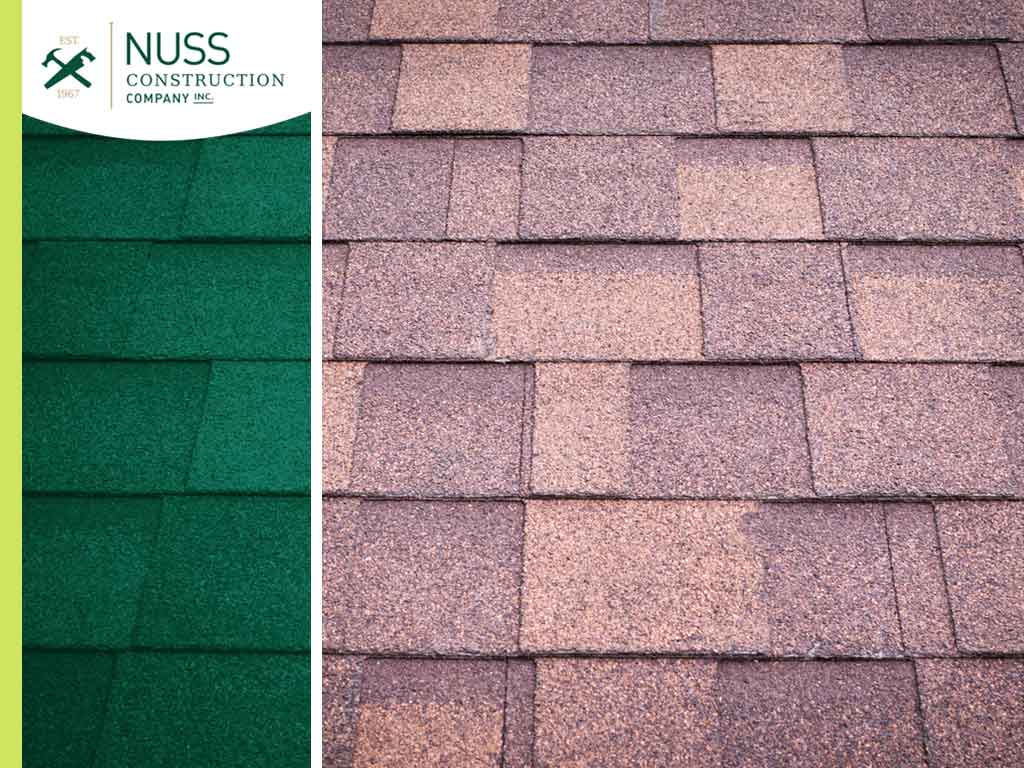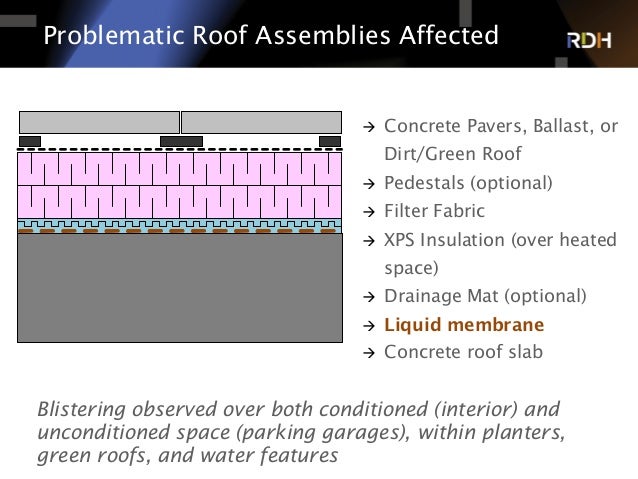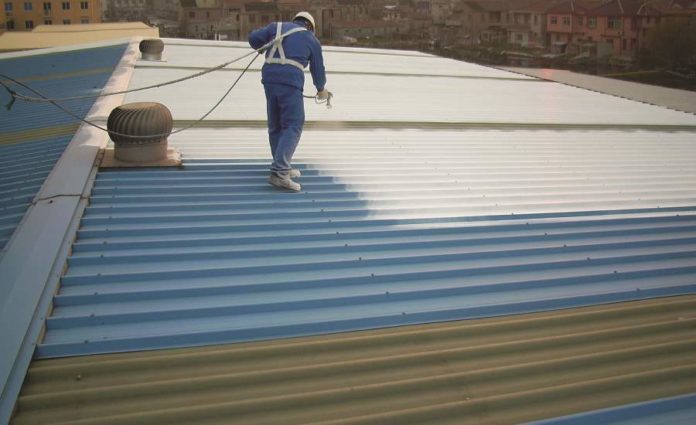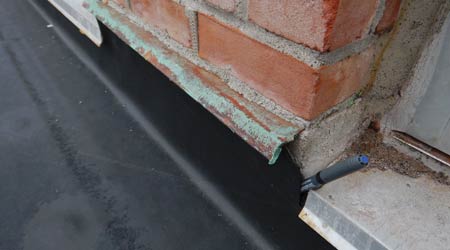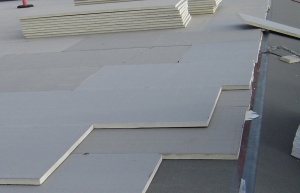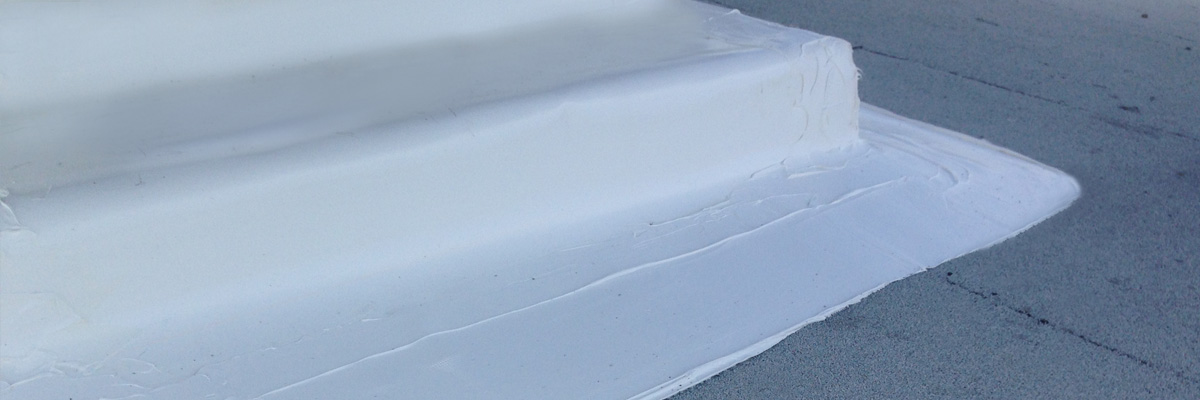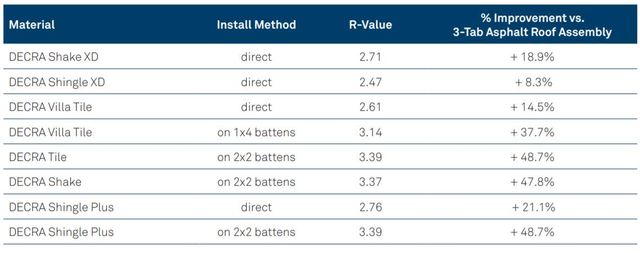Roof Assembly Blister

Causes of blisters all conventional low slope roof systems experience blisters in some form.
Roof assembly blister. This area can fill up with air or water to form a blister which looks like a bubble on your roof. Blistering only occurs in asphalt roof shinglesas it is a byproduct of manufacturing or installation. Blisters or blister rash can be identified by inconsistent bubbles rising up from inside the shingle. According to the international association of certified home inspectors internachi poor ventilation is the primary cause of roof blisters.
The shingles are composed of different layers of material. Use the needle to puncture the blister. Construction definition roof blister. A discrepancy between attic and roof temperatures caused by lack of insulation on the attic floor creates the conditions that yield blisters.
Lichen planus is a disorder that involves a chronic itchy inflammatory rash or lesion on the skin or blister on roof of mouth. Sterilize a clean sharp needle by wiping it with rubbing alcohol. Blister packing provides a protective clear front plastic covering that allows retail customers to see your product and the front side of the paperboard backing offers a wide range of advertising options. Membrane systems are most susceptible to blistering because blisters are formed by voids between the plies or at the point between the substrate and the membrane.
The lesions may consist of white spots or lacelike white changes. Blister formation can be accelerated by poor attic ventilation. A pocket of air trapped between the layers of a roof membrane between the components of a roof assembly or within a layered roofing product such as an asphalt shingle. A continuous relatively inflexible roof assembly consisting of plies usually 3 or 4 of saturated felts or fabrics between which layers of bitumen asphalt pitch or modified rubberized asphalt is applied.
The roof is usually surfaced with gravel to provide ultraviolet protection. While undergoing the lamination process moisture can be trapped between layers. Lesions on the sides of the tongue insides of the cheek and on the gums may be tender or painful. Other areas such as the eaves as well as siding that s adjacent to the attic can also be affected by the trapped heat.
Apply an ointment such as petroleum jelly to the blister and cover it with a nonstick gauze bandage. Trapped heat in the attic can raise the roof temperature to the point where it can form more blisters. A roof blister is a raised area where there is a loss of adhesion of the roof.


